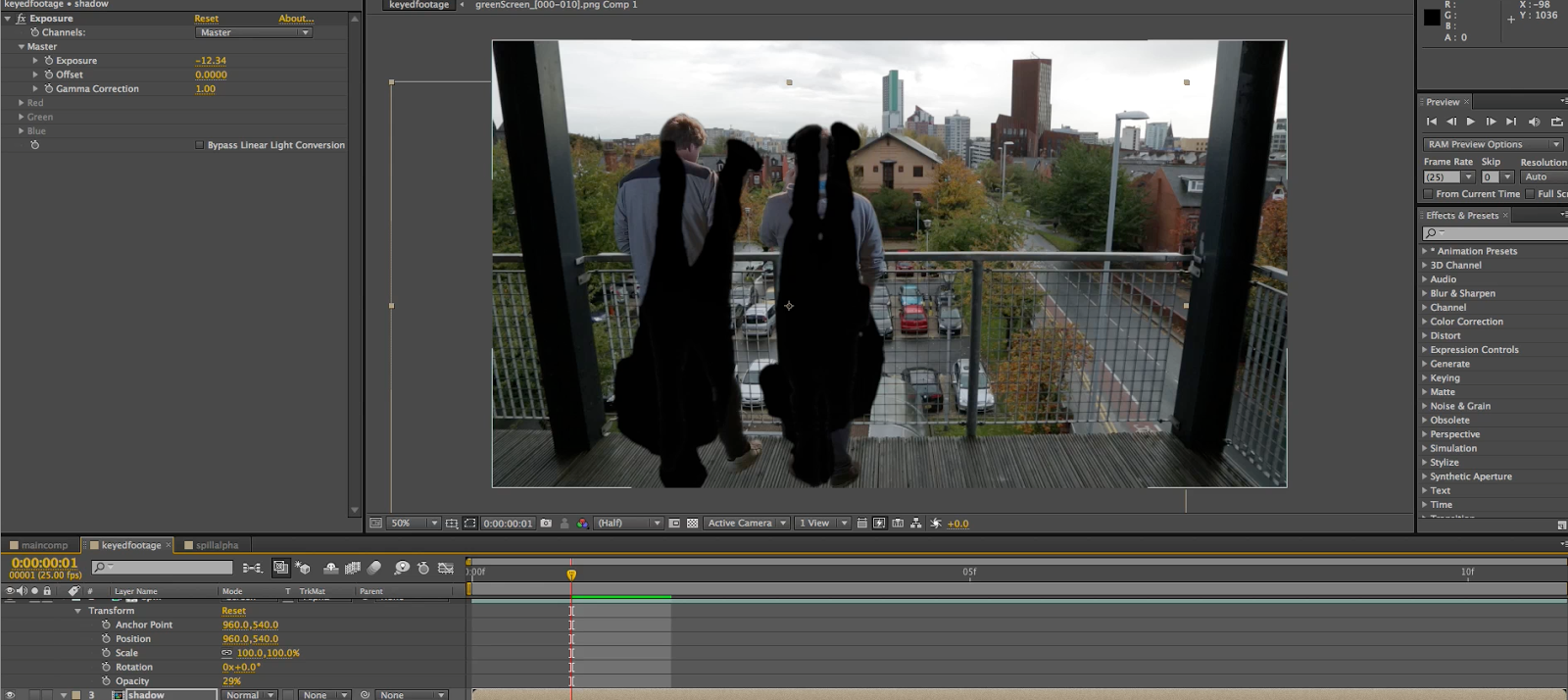I had a work experience day on the film set of 'Residue' that will be releasing the near future.
I started the day by reporting to the 2nd assistant director's office where he handed me the scripts and call sheet of the next few days of filming.
I was taken to the film set with other students doing work experience, there were 3 of us. We arrived at the film location, set in a restaurant.
The first main jobs I was given was running errands, getting and making refreshments, cleaning the set and helping clear out any equipment that wasn't being used anymore. The first half of filming in the day carried on until lunchtime around 3pm.
I really enjoyed being on set and watching everyone carry out their roles on set, working together so well. The equipment was really high quality, I imagine to get the best results for the film. I got to watch the scenes on the director's screen as they were being shot and it was really good to see that some scenes required more takes while others did not take long to shoot. I found that what took the most time was setting up the equipment especially in a contained space like the restaurant. There are loads of safety regulations that were considered so a lot of background work went into the each scene before it even got to the filming stage.
The crew on the film set was made up of about 40-50 people, this consisted of roles such as drivers, sound crew, make up artists, actors/actresses, directors, assistant directors and lighting crew.
When we moved onto a different scene and filming location after lunch had been provided, which I enjoyed, the crew went on to the next filming location and we were given radios to be able to communicate with each other. I felt like part of the crew with these radios, the assistant directors could ask about my whereabouts or give orders and I didn't have to be close to them, this really helped because we were shooting outside now.
My job during this time was to help setup any refreshment stations and keep pedestrians from disturbing the scene while filming was on, which was a cool task to do.
The 3rd assistant director gave us a short introduction to how the radios worked and how we responded. I learnt that the phrase 'lock in' meant get into the position or role you were assigned and basically mean get ready because filming might start soon.
Another phrase was 'turning' which meant that the camera was rolling.
I found that doing this work experience taught me so much that can't be taught in uni and meeting the different people was really exciting and I enjoyed it so much it is beyond explanation and will definitely continue to look for more work experience and runner jobs to build up my experience.
I learnt about three companies from this day:
Matador Pictures, Green Screen Productions and Future Effects (Special Effects for TV & Film).




















































